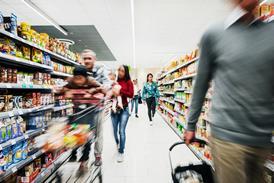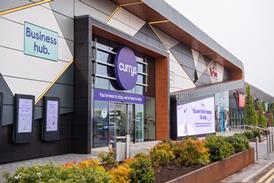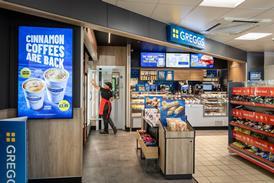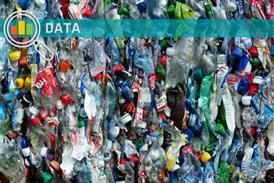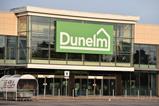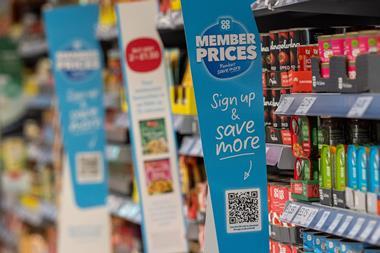Stores are retailers’ most critical assets, yet they often contribute significantly to energy consumption. For energy and sustainability teams in retail, reducing energy consumption requires understanding what drives it, as Ian Smithyman of LoweConex explains
The Midcounties Co-operative, which operates 230 food stores, has been implementing initiatives to reduce its energy consumption, achieving an 11% reduction from 2023 to 2024.
To enhance its sustainability efforts, the retailer partnered with LoweConex, a centralised data platform that helps retailers to observe, analyse and control their assets for significant energy savings.
The Midcounties Co-operative has been working to build a more sustainable store network with a four-step approach:
1. Comprehensive asset onboarding and performance visualisation
The first step the retailer took to reduce its store emissions was to understand the asset landscape, determining which assets exist, who accesses them and how they operate.
The Midcounties Co-operative’s assets were then connected to the LoweConex platform, integrating data from various systems. This provided a comprehensive overview of:
- all assets within the estate
- running parameters and operational status
- faults or offline assets
- alarms across the estate, including severity
This foundational step was crucial for optimising the estate, reducing energy consumption and building sustainable stores.
2. Standardisation, recommissioning and compliance
Standardised setpoints in refrigeration/heating, ventilation and air conditioning (HVAC) are essential for energy efficiency and compliance.
By gaining visibility into each asset, the Midcounties Co-operative quickly identified ‘asset drift’ – when assets deviate from optimal specifications.
The standardisation process involved:
- consistently re-aliasing the naming conventions of HVAC and refrigeration assets
- recommissioning units to factory settings
- addressing at-risk or high-alarm assets
LoweConex optimised 1,791 refrigeration units across 124 stores, making 60 to 100 adjustments per location. This created a detailed asset register for quick access to asset information.
3. Setpoint lockdown and automated controls
With a robust asset database, new optimisation opportunities emerged. The Midcounties Co-operative could automate processes such as remotely turning off HVAC systems during holidays or adjusting refrigeration setpoints after hours to save energy.
Setpoint lockdowns ensured temperature-sensitive units consistently met food safety standards, with automated alarms enhancing customer experience while reducing costs.
4. Continuous asset optimisation and monitoring
LoweConex’s Bureau continuously monitors the estate, analysing data, tracking strategies and suggesting new initiatives to drive further efficiencies.
This ongoing process ensures the retailer’s estate is continually optimised, leveraging innovations to scale the impact.
One theme is clear: data is key. Accessing and utilising data at scale is crucial for building sustainable stores.
Curious to learn more? Hear from the Midcounties Co-operative directly in the joint webinar here.

Ian Smithyman is chief operating officer at LoweConex







